Table of Contents
Landmarks
List of Pages

Three basketball players extend their arms to a basketball that is in the air above them. The player in the center is the most visible from the waist up while with the other two players only their one outstretched arm is visible. The players appear as silhouettes due to the shadow covering them. The background is a cement wall with a mixture of colours, blue, orange and yellow.
Rebound
Rebound
SPORTS, COMMUNITY,
AND THE
INCLUSIVE CITY
Perry King
COACH HOUSE BOOKS, TORONTO
copyright Perry King, 2021
first edition

Published with the generous assistance of the Canada Council for the Arts and the Ontario Arts Council. Coach House Books also acknowledges the support of the Government of Canada through the Canada Book Fund aovnd the Government of Ontario through the Ontario Book Publishing Tax Credit.
LIBRARY AND ARCHIVES CANADA CATALOGUING IN PUBLICATION
Title: Rebound : sports, community, and the inclusive city / Perry King.
Names: King, Perry (Journalist), author.
Identifiers: Canadiana (print) 20210299959 | Canadiana (ebook) 20210300000
| ISBN 9781552454251 (softcover) | ISBN 9781770566743 (EPUB) | ISBN
9781770566750 (PDF)
Subjects: LCSH: SportsSocial aspects. | LCSH: City and town life. | LCSH:
Community life. | LCSH: Social participation.
Classification: LCC GV706.5 .K56 2021 | DDC 306.4/83dc23
Rebound is available as an ebook: ISBN 978 1 77056 674 3 (EPUB), ISBN 978 1 77056 675 0 (PDF)
Purchase of the print version of this book entitles you to a free digital copy. To claim your ebook of this title, please email sales@chbooks.com with proof of purchase. (Coach House Books reserves the right to terminate the free digital download offer at any time.)
TABLE OF CONTENTS
To Andrew,
For planting the seeds of this project
To Hilary,
For helping those seeds grow
WHY DO SPORTS EVEN MATTER?
Masaryk-Cowan is one of the best places not on a main street. __Tucked away from Queen Street West in south Parkdale, Masaryk-Cowan Community Recreation Centre has been a constant in my life for a long time. I was sent to daycare there. I learned to play pool there and attended a bunch of community events with my mom. It was a place of refuge when I wasnt ready to go home and study after school.
It still stands today, not all that different from my childhood, always bustling with kids and parents alike. The interior exposed brick on some of the centres walls awed me as a kid I lived in an apartment building, so go figure.
Named in honour of Tom Masaryk, Czechoslovakias first president, this old building has been a Parkdale social fixture for decades. The south portion of the building was built in 1898 and housed a curling club. In 1907, it was an indoor roller-skating rink. In 1915 it became the Pavlova Dancing Academy, a popular dance hall. In the thirties and forties, the academy evolved into a tennis club and a rec centre for wartime employees. Today, the building itself is heritage designated.
The centre is a place that I grew to admire because it was where people from the neighbourhood could expand their horizons. Friends of mine practised karate there, earning black belts. The upstairs community rooms once held a radio station they probably still do, actually.
Then theres the basketball court. For years, that court was the site of numerous late Tuesday and Friday night pickup games. I would meet kids and teens who lived in the neighbourhood they went to Parkdale Junior and Senior Public School and Queen Victoria Public School, and a lot of the older kids went to Parkdale Collegiate. (I attended a Catholic school and didnt socialize with them otherwise.) Many of them needed a place to go. How did I know? Because I needed a place to go, too. I was too young to get a job and too old to be hanging around the house. And on that ball court, with its slippery hardwood, its fluorescent lighting, and that glass-panelled ceiling, I found a place to move, to get the angry and nervous energy out.
That court, and every game there, was lively. People cared about winning, if only as a moral or personal victory. Everyone was so athletic, so cerebral. You called your own fouls, you argued on your teams behalf and, in some cases, players took three-point shots to settle call disputes. (Side note: I feel that three-point shots to settle court disputes should be a thing in the pros. But thats for another conversation.) There may have been an elbow, maybe a fist. Nothing ever escalated into anything too personal for me. There were no Do you want to take this outside? moments. If you werent playing, you were hanging around the stage, which hosted community theatre from time to time, or the elevated walking areas that abutted the court on the sides. You got up there via the stairs on each side, and the view down to the court heck, the view of the entire community centre was amazing. But it was the game, and the culture, that bustled on the court below.
Masaryks court gave me a lot of joy, but also one of my first glimpses into the world of sports. If Im being quite honest, it was the place that provided one of the first moments that inspired my writing career a real eye-opener as to what sport can represent in peoples lives.
I was twenty-one years old at the time, and still wondering whether sports writing would be my path. Freshly graduated, underemployed, and still living with my mother, I hadnt yet decided to go back to school to study journalism. There were many questions swimming in my head: Was I going to get the job I wanted? Was I doing enough to develop my skills and experience in the field? Yet there was little doubt about what I intended to do, and I didnt care how long it took to get there: I wanted to write about sports.
But I didnt know what kind of writer I wanted to be, what kind of voice to evoke, and where I wanted to put my focus. What mattered? What stories needed to be told? What sports did I care about? For that matter, why do sports even matter? Who cares about sports, anyway?
Masaryk-Cowan, and the people who walked through it and lived in it, were a litmus test, the true barometer of the neighbourhoods character. Parkdale, as my wife describes it sometimes, is an honest neighbourhood a place that shows itself for what it really is, in its local businesses, its places to convene, the things that happen there, and, especially, in its people. The Statistics Canada census data provides only a small glimpse: Parkdale, with over 108,000 residents as of 2019, is a village of different languages, religions, and cultures, all packed into about fourteen square kilometres! And dense. Indeed, when I walk around Queen Street West at any time of day, its almost always crowded with people.
I have always seen Parkdales changing faces and places as a reflection of the world at large. I grew up there in the 1980s, 1990s, and 2000s, when a lot of immigrants came to Canada to escape political turmoil in their home countries or in search of new opportunities for themselves and their families. Those identities were reflected in the landscape of Parkdale the eateries, the local groceries that still mark the neighbourhood, and the newcomer and social services that have been available. One of my favourite Caribbean groceries, FullWorth, is still standing and withstanding near Queen and Lansdowne. I lived nearby and dropped in for groceries, but also furniture and even clothing. The fruit stands and flower shops on Queen West have been in the family businesses of immigrants for decades.

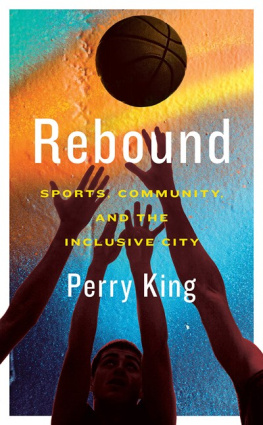

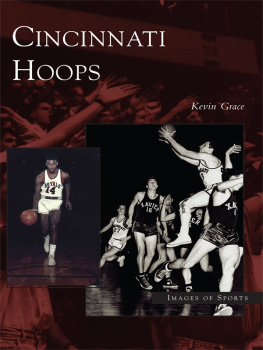
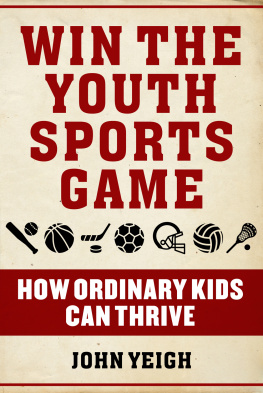
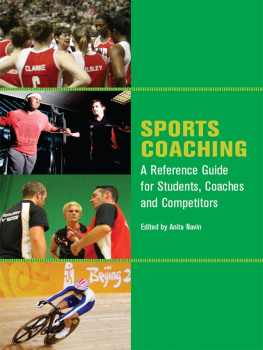

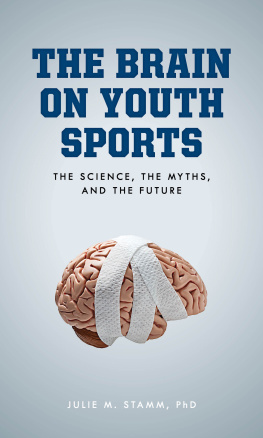
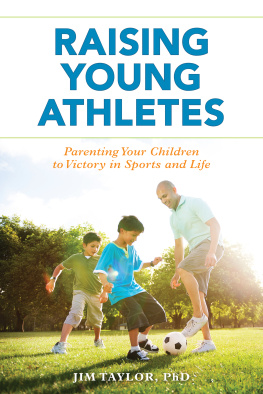
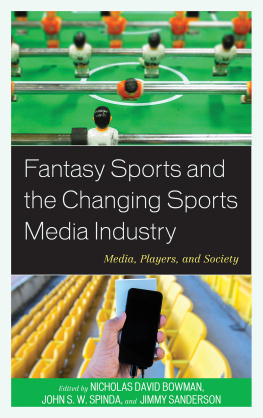
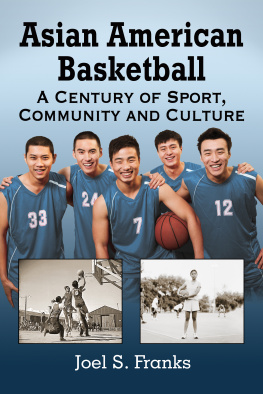
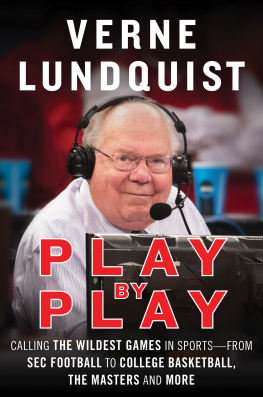
 Three basketball players extend their arms to a basketball that is in the air above them. The player in the center is the most visible from the waist up while with the other two players only their one outstretched arm is visible. The players appear as silhouettes due to the shadow covering them. The background is a cement wall with a mixture of colours, blue, orange and yellow.
Three basketball players extend their arms to a basketball that is in the air above them. The player in the center is the most visible from the waist up while with the other two players only their one outstretched arm is visible. The players appear as silhouettes due to the shadow covering them. The background is a cement wall with a mixture of colours, blue, orange and yellow.